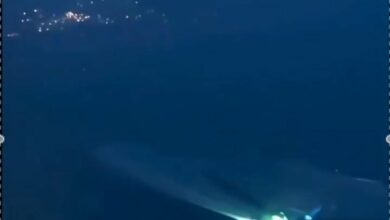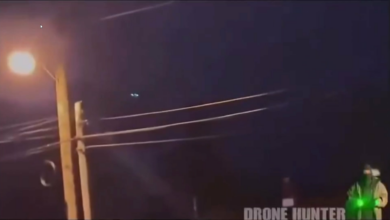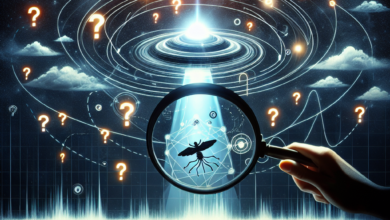Remembering the UAPDA: DOD’s Deadline to Transfer UAP/NHI Records to the National Archive by October 17th
New Legislation to Enhance Disclosure of Unidentified Anomalous Phenomena Records
In a significant stride towards transparency, new legislation mandating the disclosure of unidentified anomalous phenomena (UAP) records was recently passed. The pivotal date for this new law’s enactment is October 20th, according to congressional resources. This legislation aims to provide the public with greater access to UAP data while detailing specific timelines and requirements for government entities.
Under the new regulations, once the National Archives receives UAP records, they must be made available to the public within 30 days for in-person inspection and within 180 days for digital access. This means anyone interested in exploring UAP data can visit the National Archives or access it online in a relatively short timeframe.
Crucially, while the President retains the authority to keep certain records classified, the originating agency is now required to provide unclassified descriptions of each classified record. These descriptions will indicate why specific records are still withheld and may offer valuable insights into the nature of the information that remains classified.
According to the new law, each head of government office has up to 300 days to review and organize all UAP records currently in their custody. They are tasked with the responsibility of determining which records can be disclosed to the public and transmitting the appropriate files to the National Archivist.
Additionally, for records that are postponed or redacted, periodic reviews will be required to assess the potential for public disclosure of additional UAP data. The agencies will also need to provide unclassified descriptions explaining the reasons for continued postponement of certain information.
One of the key points established in the legislation mandates that all UAP records be fully disclosed no later than 25 years after their initial creation, unless a president formally certifies that detailed postponement is necessary due to identifiable harm to national security interests.
This promising development not only enhances governmental accountability but opens the door for more extensive public access to information regarding UAPs. For those interested in delving deeper, a full copy of the authorization bill can be accessed here.
As we move forward, the implications of this legislation could pave the way for a better understanding of unexplained phenomena, fostering a culture of transparency that benefits researchers, enthusiasts, and the public alike.




